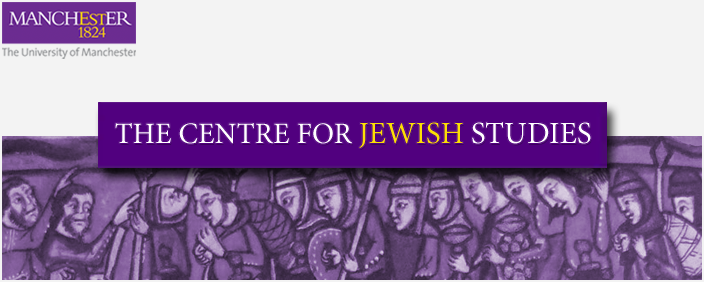5. Political Zionism II
The Zionist Association, the EZF and the MZA
 The elite-dominated Chovevei Zion had remained the largest, best financed Zionist organisation in Manchester, with over 450 members recorded for 1891 and boasting a Limited Company worth over £10,000 in £1 shares. In February 1898, the Eastern Europeans attempted to improve their own situation by forming a new committee within Dorshei Zion called Vaad Hazionim (Hebrew "Zionist Council"). This Zionist Association became a separate body within a few months with Massel as its president, and was the first organisation to concern itself entirely with raising funds for the promotion of Herzlian Zionism in Manchester. Anyone who wanted to associate himself with or help finance the cause bought "shekelim" for a price that was set low so as to encourage both the rich and the poor. By the time of the Second Zionist Congress (Basle, August 1898), Manchester’s delegates, Massel and the wealthy immigrant Samuel Claff, represented over 800 shekel-holders.
The elite-dominated Chovevei Zion had remained the largest, best financed Zionist organisation in Manchester, with over 450 members recorded for 1891 and boasting a Limited Company worth over £10,000 in £1 shares. In February 1898, the Eastern Europeans attempted to improve their own situation by forming a new committee within Dorshei Zion called Vaad Hazionim (Hebrew "Zionist Council"). This Zionist Association became a separate body within a few months with Massel as its president, and was the first organisation to concern itself entirely with raising funds for the promotion of Herzlian Zionism in Manchester. Anyone who wanted to associate himself with or help finance the cause bought "shekelim" for a price that was set low so as to encourage both the rich and the poor. By the time of the Second Zionist Congress (Basle, August 1898), Manchester’s delegates, Massel and the wealthy immigrant Samuel Claff, represented over 800 shekel-holders.
In London, developments also reflected the struggle between the old, established elites and the Easter European immigrants. A conference in March 1898 brought together the various regional Chovevei Zion societies with groups of those newer Zionists who had accepted the new assertive political Zionism. But many of the Chovevei Zion leaders, including Barrow Belisha, were against Herzl’s so-called Basle Programme. As a result, when the English Zionist Federation (EZF) was established, it did not include the Chovevei Zion.
 Back in Manchester the members of Dorshei Zion opted to join the EZF sometime after August 1899. New members continued to arrive, including Rabbi Israel Yoffey of the Central Synagogue. The first Conference of the EZF (June 1899) had six delegates from Manchester, including TB Herwald who recalled his impressions of Herzl:
Back in Manchester the members of Dorshei Zion opted to join the EZF sometime after August 1899. New members continued to arrive, including Rabbi Israel Yoffey of the Central Synagogue. The first Conference of the EZF (June 1899) had six delegates from Manchester, including TB Herwald who recalled his impressions of Herzl:
"His wonderful personality is still engraved in my memory. I became his follower and perhaps his slave from the first moment I set my eyes on him."
By 1902, there were a number of immigrant dominated Zionist societies, and in order to avoid duplication of activities and to increase efficiency, the Manchester Zionist Association (MZA) was re-constituted to oversee and co-ordinate the various organisations; its president was the local industrialist and Conservative councillor Charles Dreyfus. Dorshei Zion remained the largest contingent of the MZA, and over the next few years, it steadily established itself as a powerhouse of Herzlian Zionism, regarded by many as the finest such institution in England. In addition to running a library of English, Yiddish and Hebrew books, it organised weekly lectures on Jewish history and Zionism, taught classes in "Ivrith" (modern Hebrew), and held social and fund-raising events. Members whose memoirs have survived include Leon Locker and I Wolfson.
EZF Letter, reporting that Manchester Dorshei Zion had not yet joined, 9 August 1899
MZA syllabus of literary events, 1921-22
__________________________
IMAGE AND DOCUMENT CREDITS: Samuel Claff (© Manchester Jewish Museum), EZF Conference (© Manchester Jewish Museum), EZF Letter (© Mamlock House, Manchester), MZA Syllabus (© Manchester Jewish Museum) Full reference: Sources.




